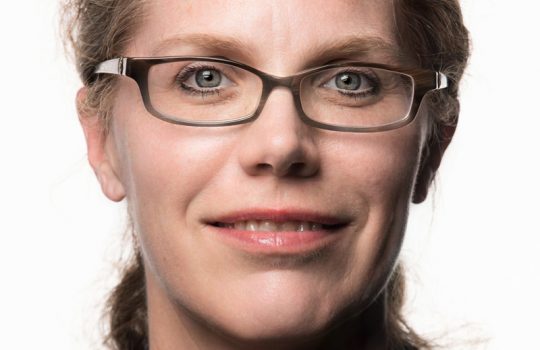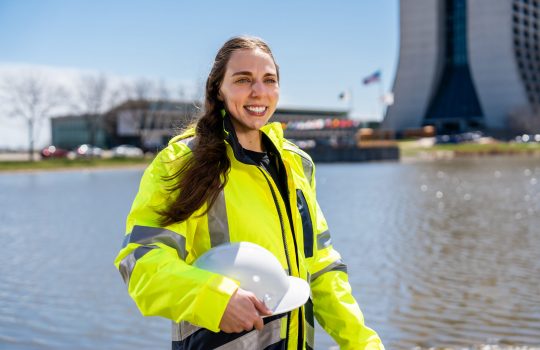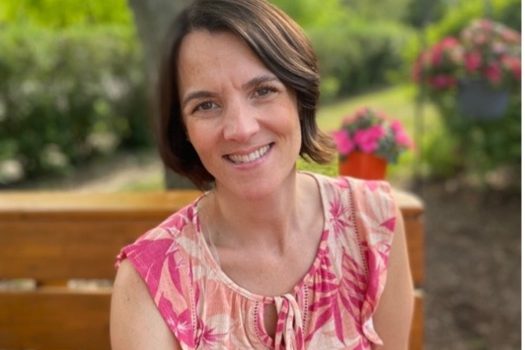The first particle accelerator to be built in the United States with significant contributions from international partners is taking shape at the Department of Energy’s Fermi National Accelerator Laboratory—and it has a new leader at the helm.
On March 1, Lia Merminga, an internationally renowned accelerator physicist with leadership experience at three science laboratories, took on the role of project director for the Proton Improvement Plan II.
PIP-II is Fermilab’s project to provide powerful, high-intensity proton beams to its experiments, including the flagship Long-Baseline Neutrino Facility and Deep Underground Neutrino Experiment. LBNF/DUNE brings together more than 1,000 scientists from 31 countries in the quest to unlock the mysteries of neutrinos, answering questions about why matter exists, how nature’s four forces could unify and how black holes are formed. Once complete, DUNE will be the biggest international science project ever hosted in the United States, and PIP-II will provide it with the most powerful high-energy neutrino beam in the world.
Merminga succeeds Fermilab physicist Stephen Holmes, who will retire later this year.
“I’m excited to join Fermilab and to work with the PIP-II team,” Merminga said. “Steve has done an outstanding job laying the foundation for PIP-II over the last few years, and Fermilab has an excellent reputation in developing and implementing advances in accelerator technology. I look forward to continuing Steve’s good work in upgrading our accelerator complex for the next generation of experiments.”
Merminga has more than 25 years of experience in accelerator construction and superconducting radio-frequency, or SRF, accelerator technology, the technology of choice for many current and future particle accelerators. The heart of PIP-II will be a new 800 million-electronvolt superconducting linear accelerator, which capitalizes on Fermilab’s expertise in SRF technology. It will replace the laboratory’s current linear accelerator, ramping up beam energies to double that of its predecessor.
The opportunity to partner in this cutting-edge accelerator project has attracted the interest of countries around the world, including France, India, Italy and the UK.
“Developing these technological innovations along with our partner institutions is key to PIP-II’s success,” Merminga said.
The PIP-II group works closely with the team building Fermilab’s LBNF, which provides the infrastructure to support DUNE.
“Lia’s work with accelerator construction and SRF is highly respected, and she brings a wealth of experience to Fermilab,” said Fermilab Director Nigel Lockyer. “We are pleased that she is joining us to lead the PIP-II project, which will allow powerful, high-intensity proton beams for Fermilab’s accelerator-based neutrino experiments.”
Merminga was most recently associate laboratory director for accelerators at DOE’s SLAC National Accelerator Laboratory and a professor at Stanford University. Previous positions include serving as director of the Center for Advanced Studies of Accelerators at DOE’s Thomas Jefferson National Accelerator Facility in Virginia and head of the Accelerator Division at Canada’s TRIUMF laboratory.
She has served as the chair of the Fermilab Accelerator Advisory Committee. She also served on the influential P5 Panel, which created the U.S. roadmap for particle physics, as well as on other numerous international advisory committees. Merminga has been a chair of the American Physical Society Division of Physics of Beams and is a fellow of the American Physical Society.




